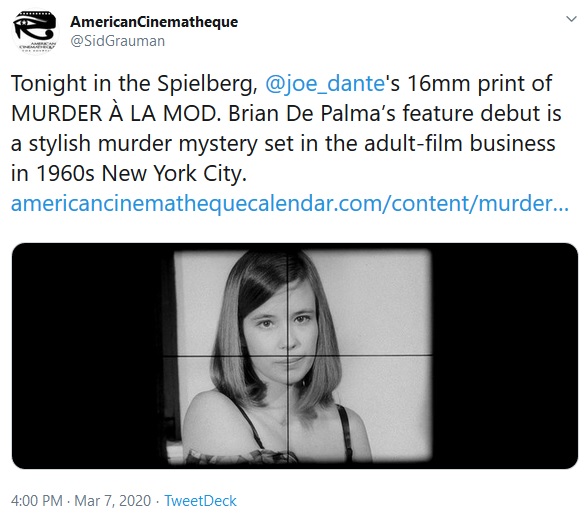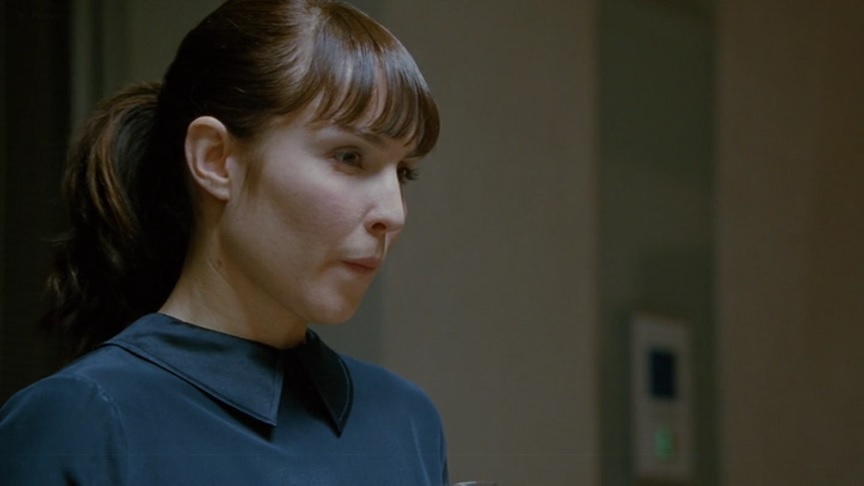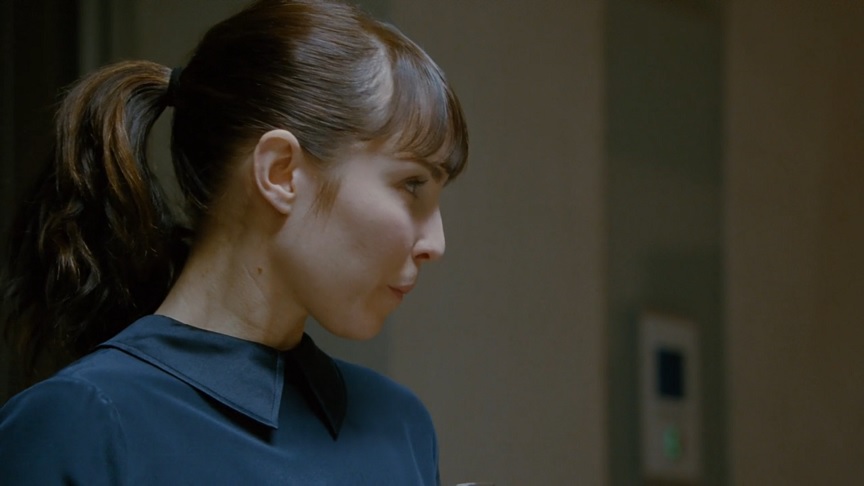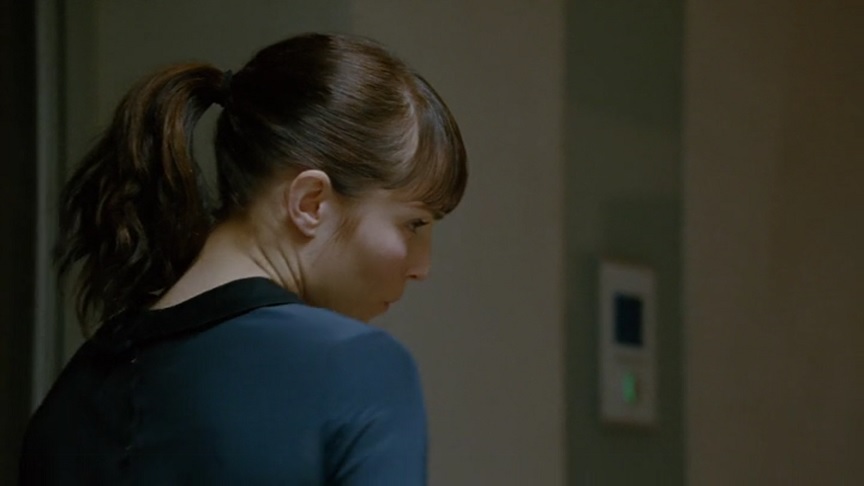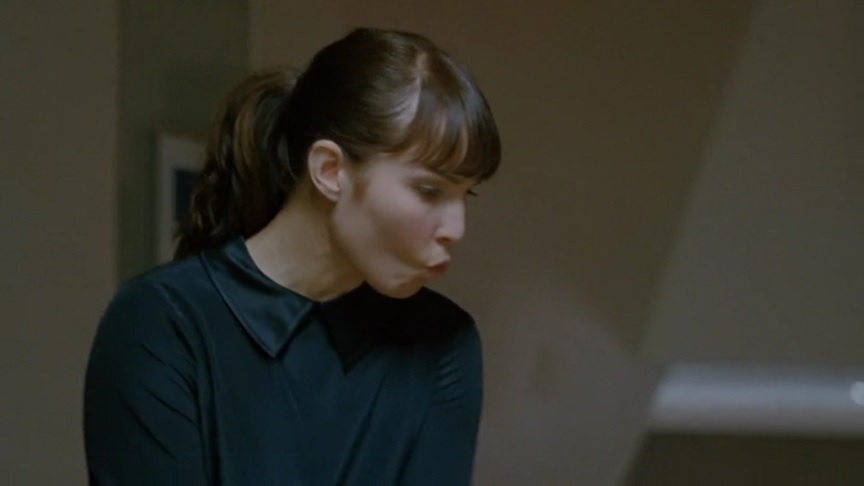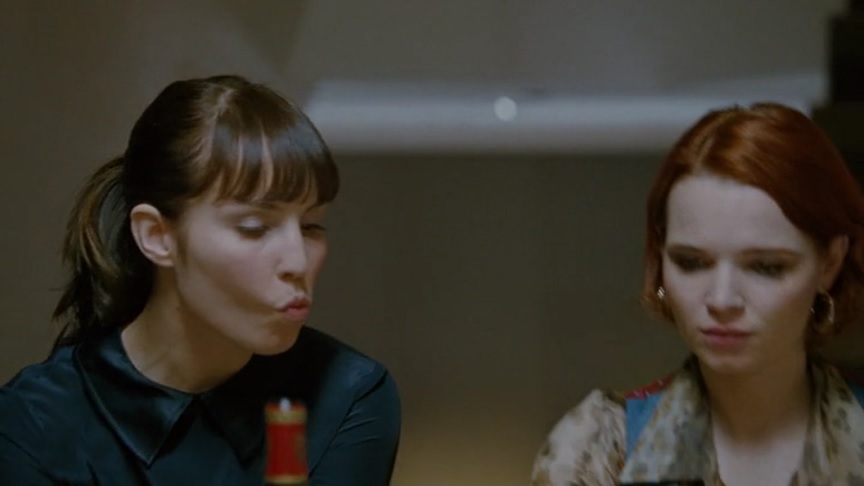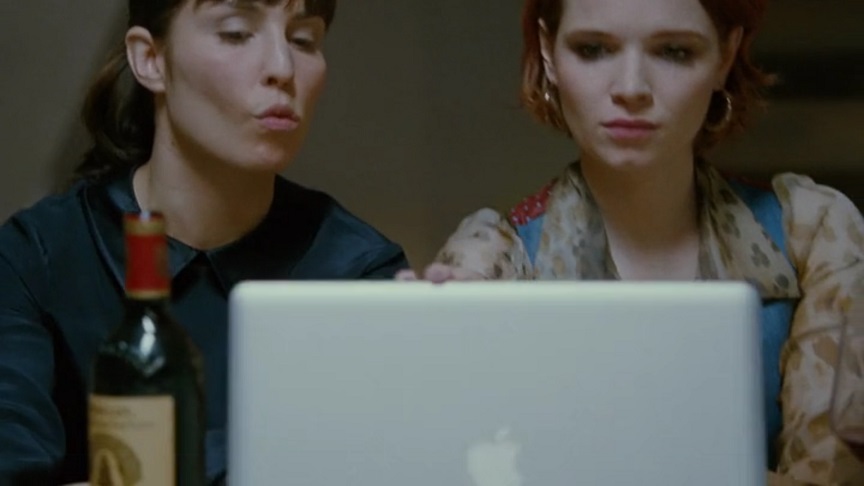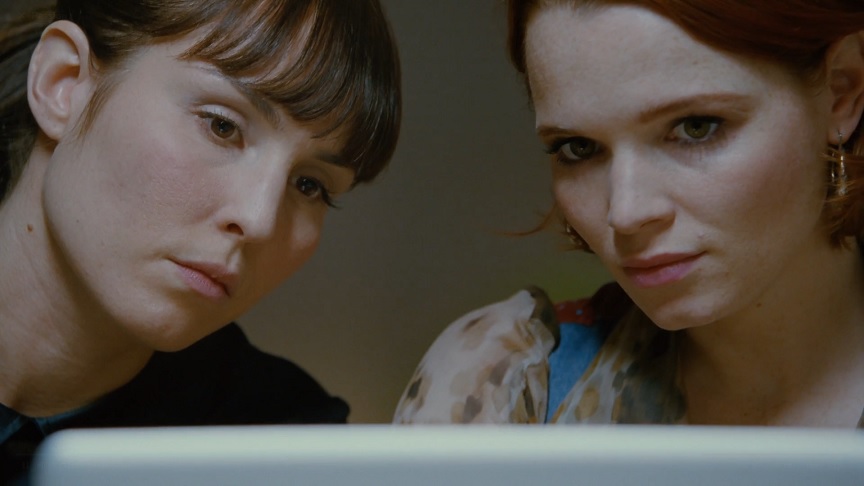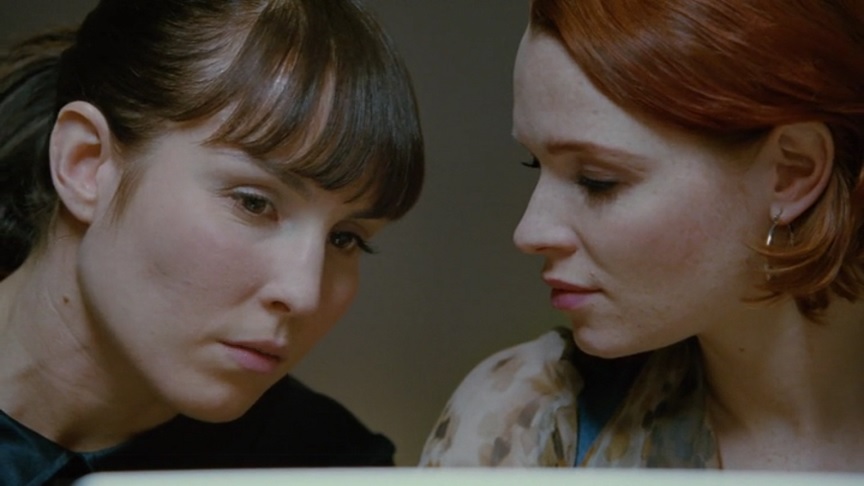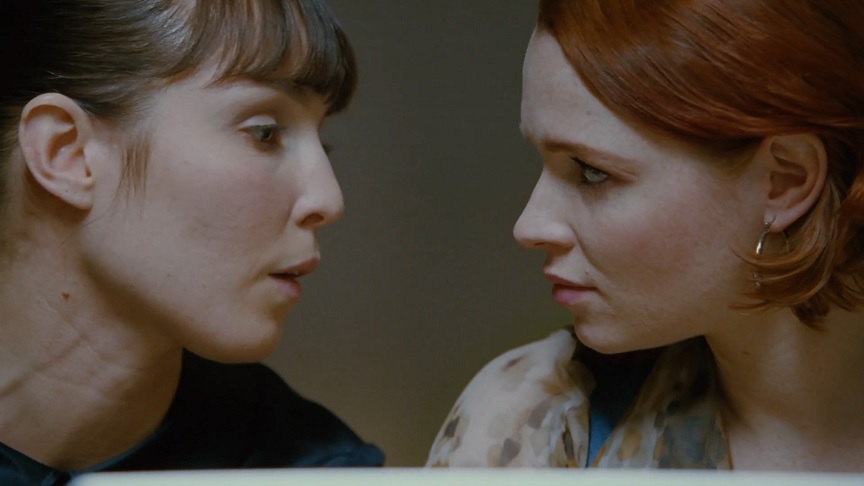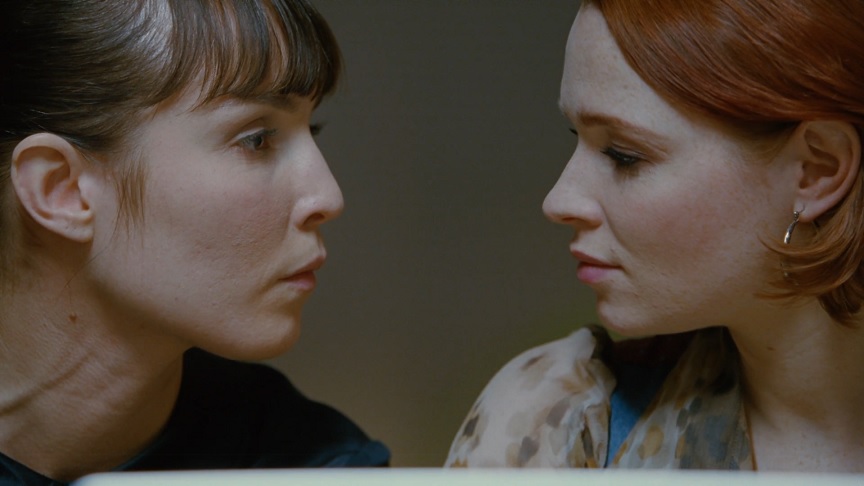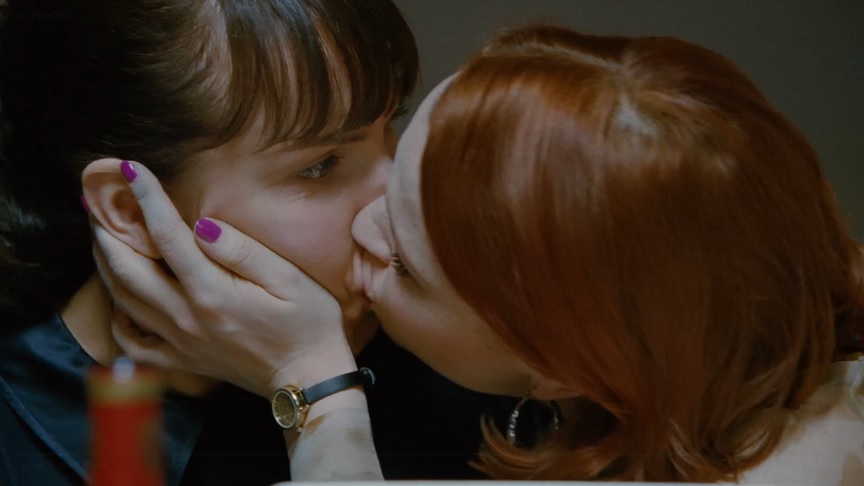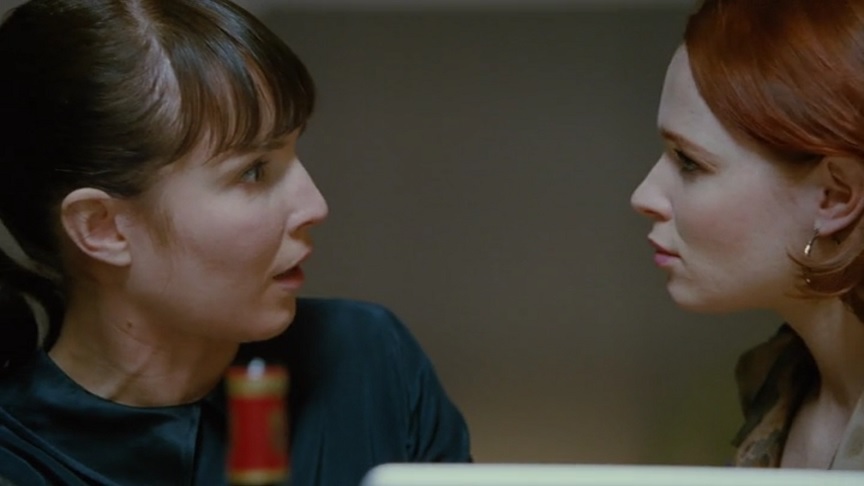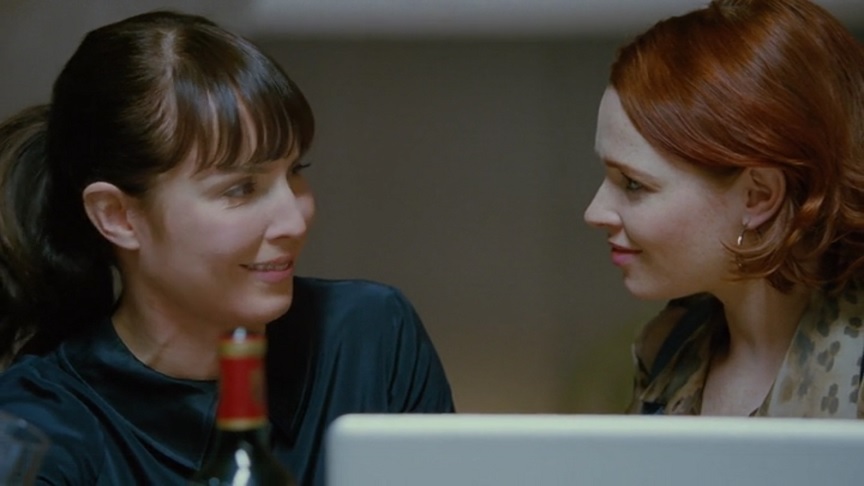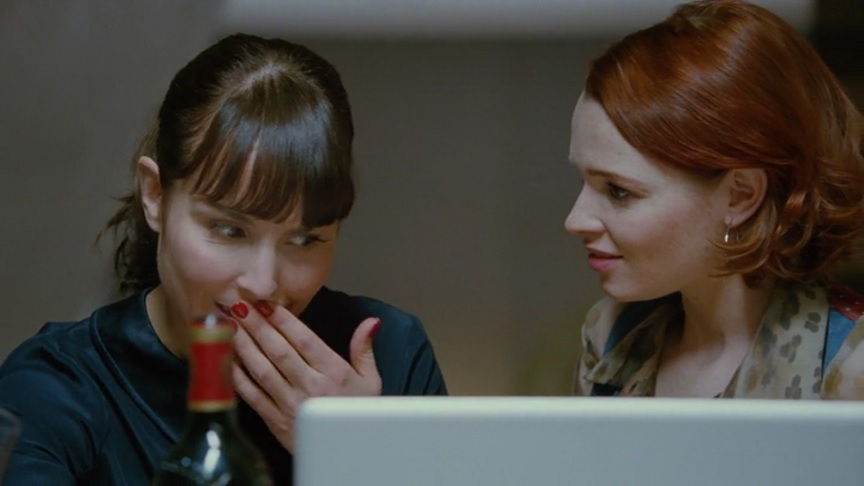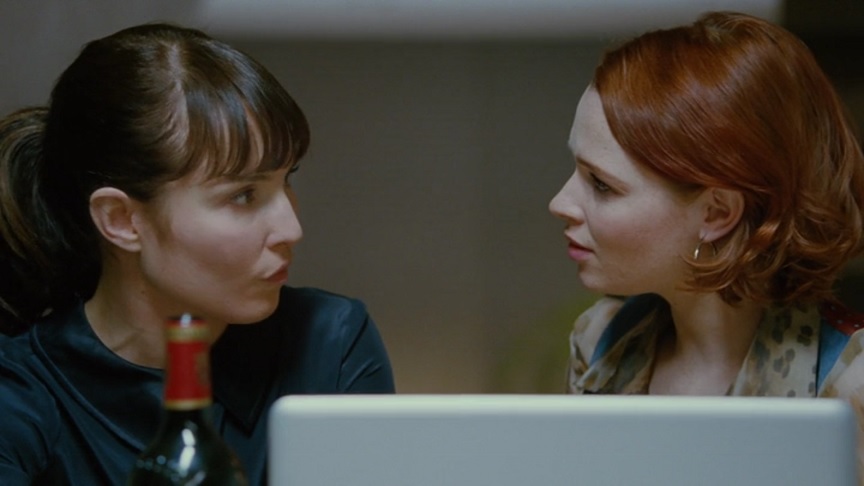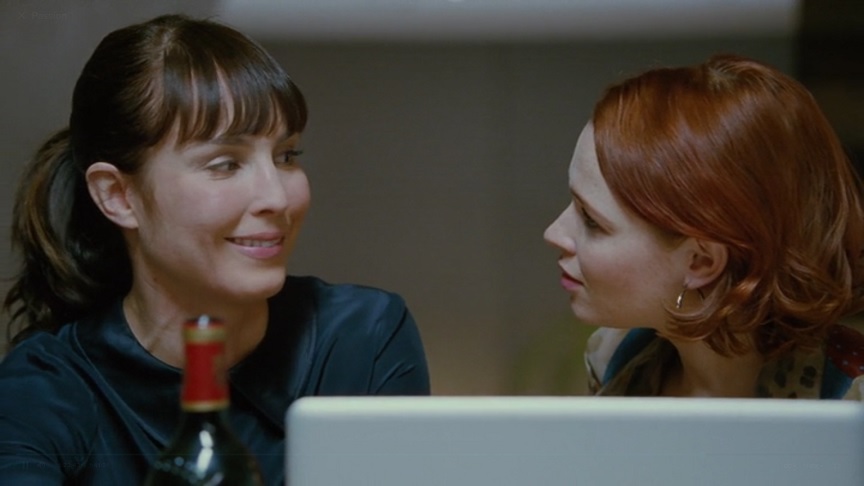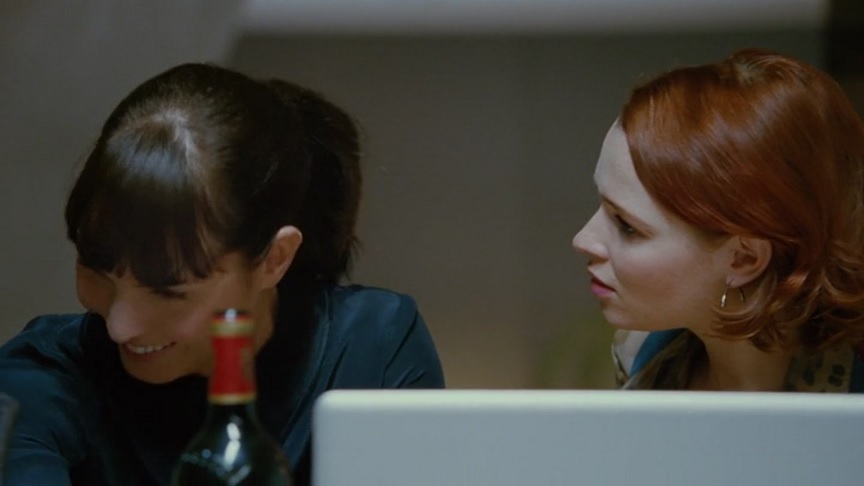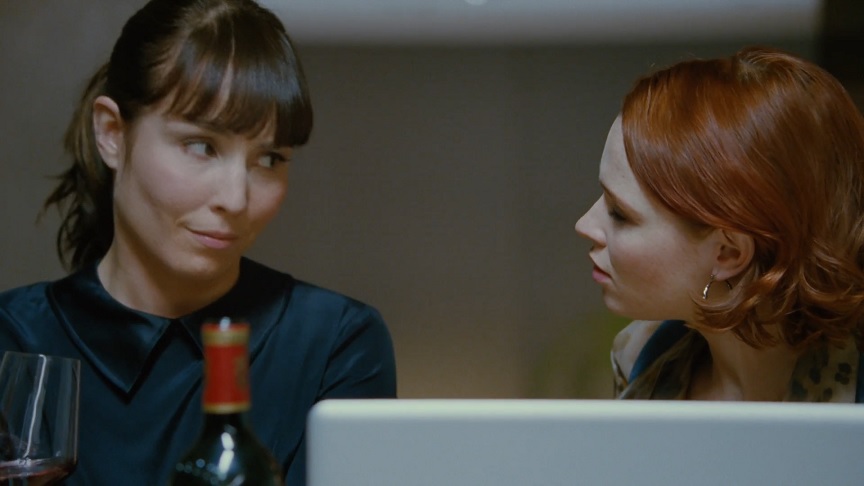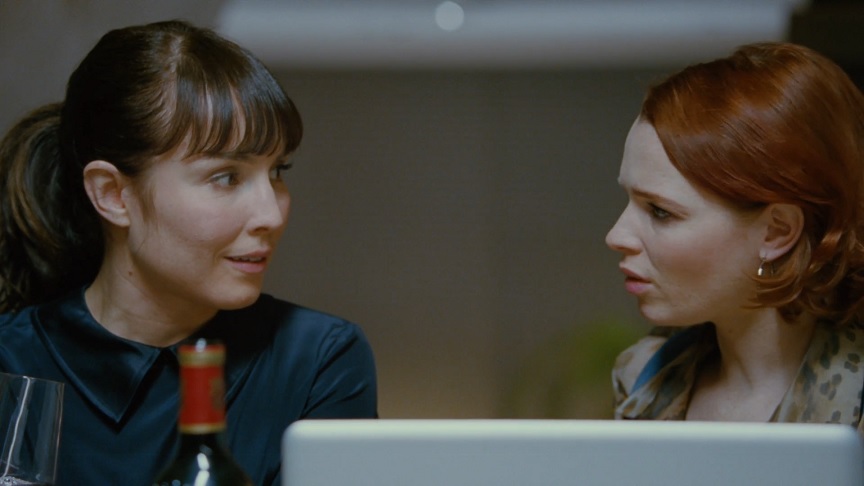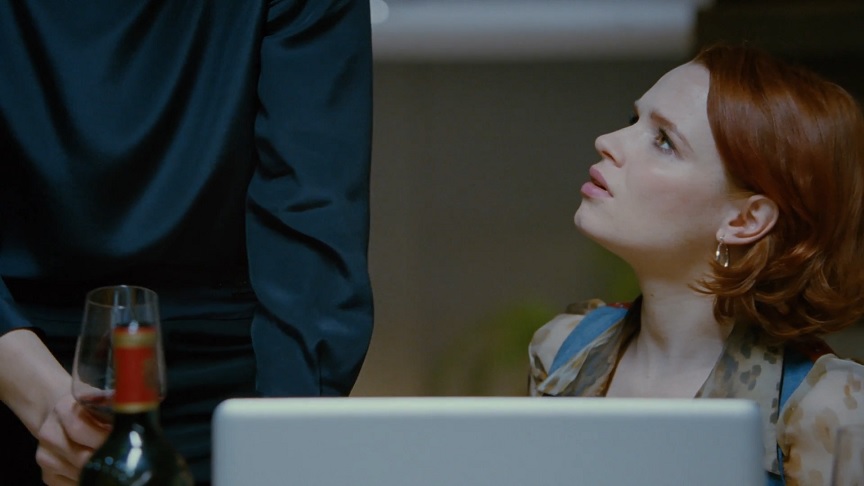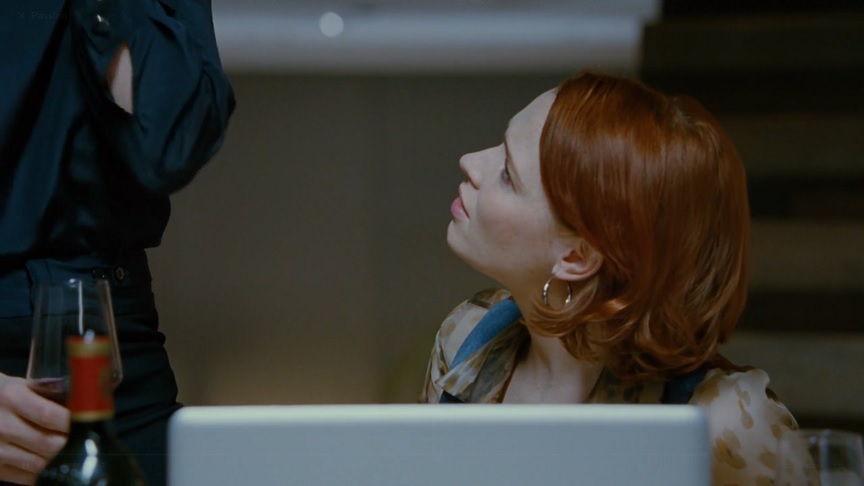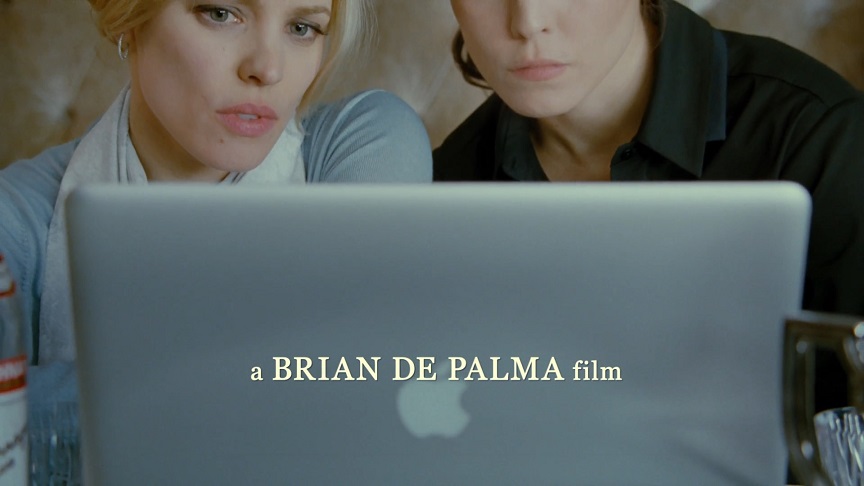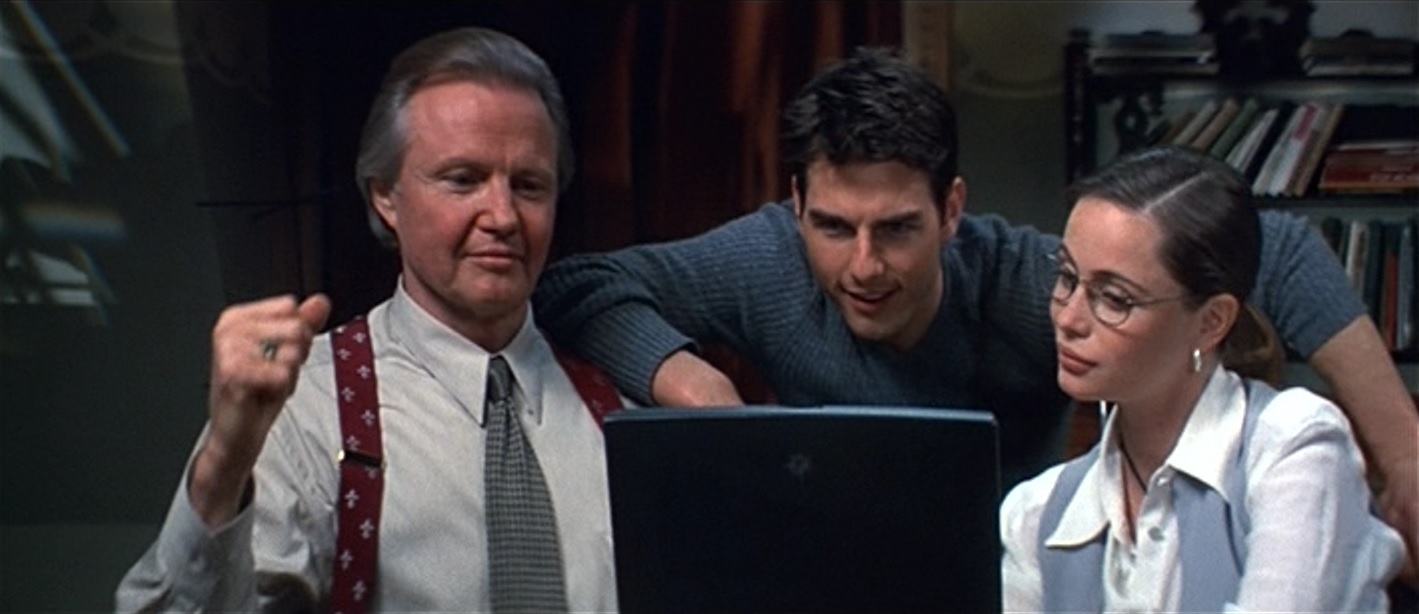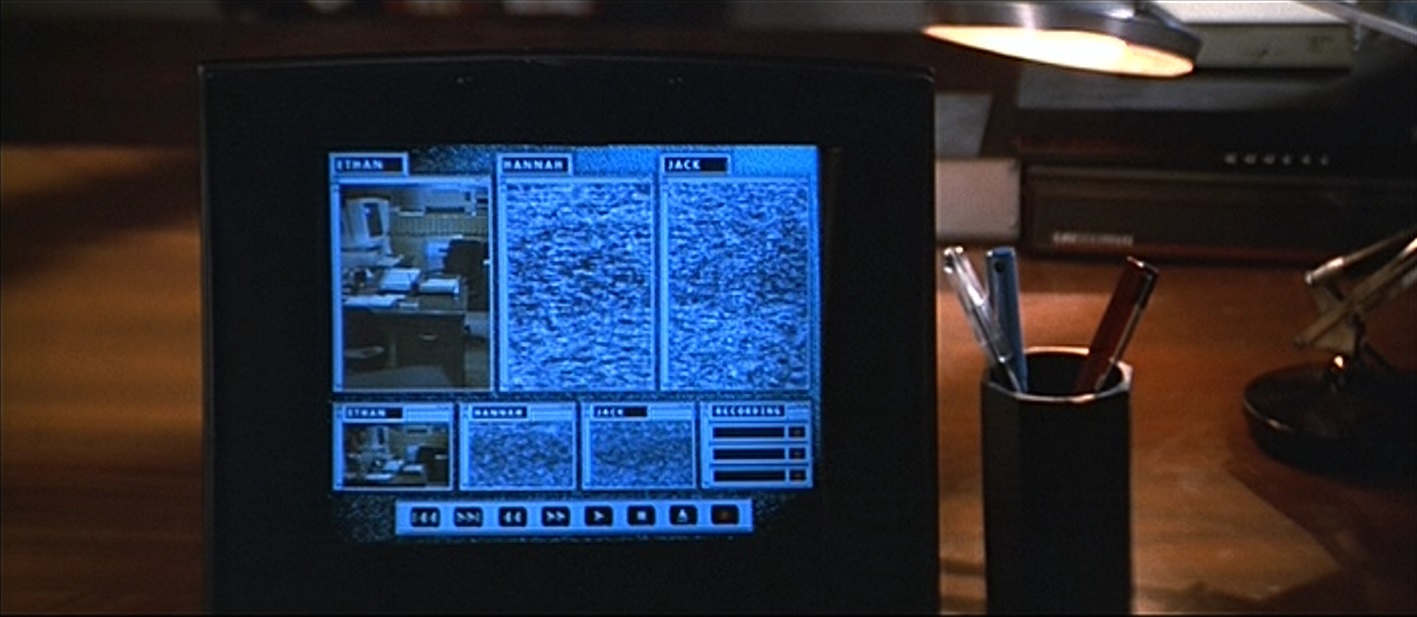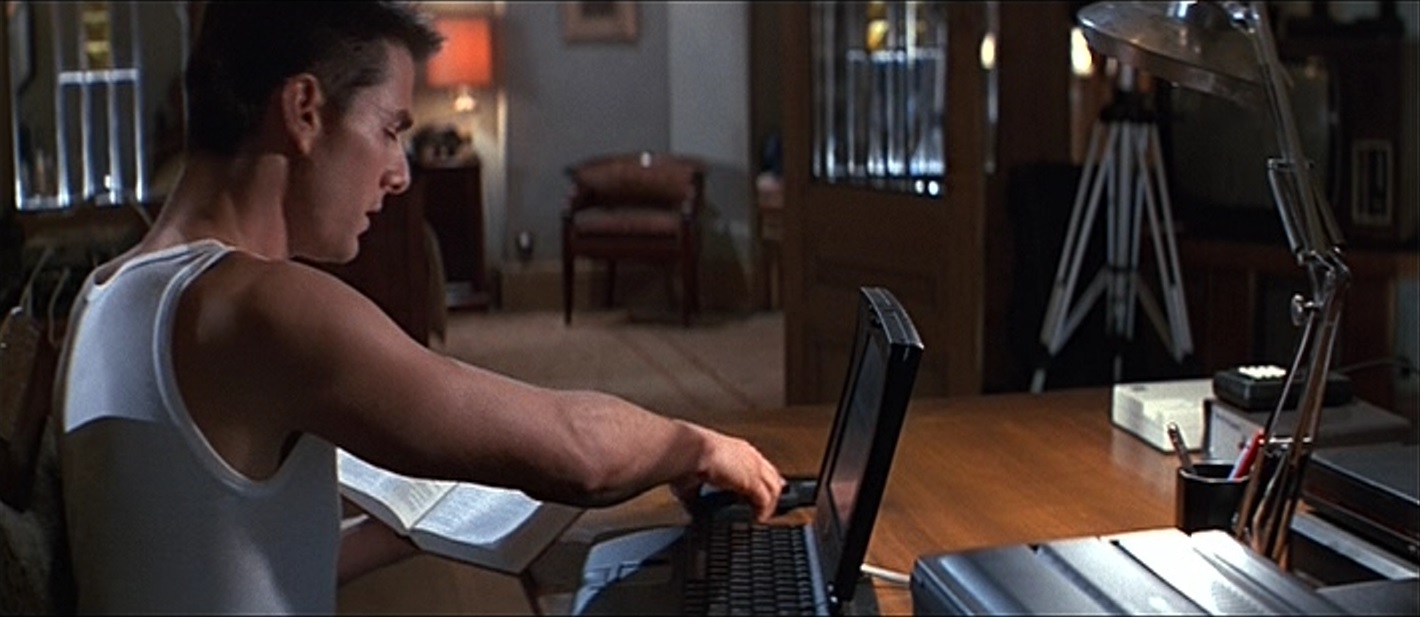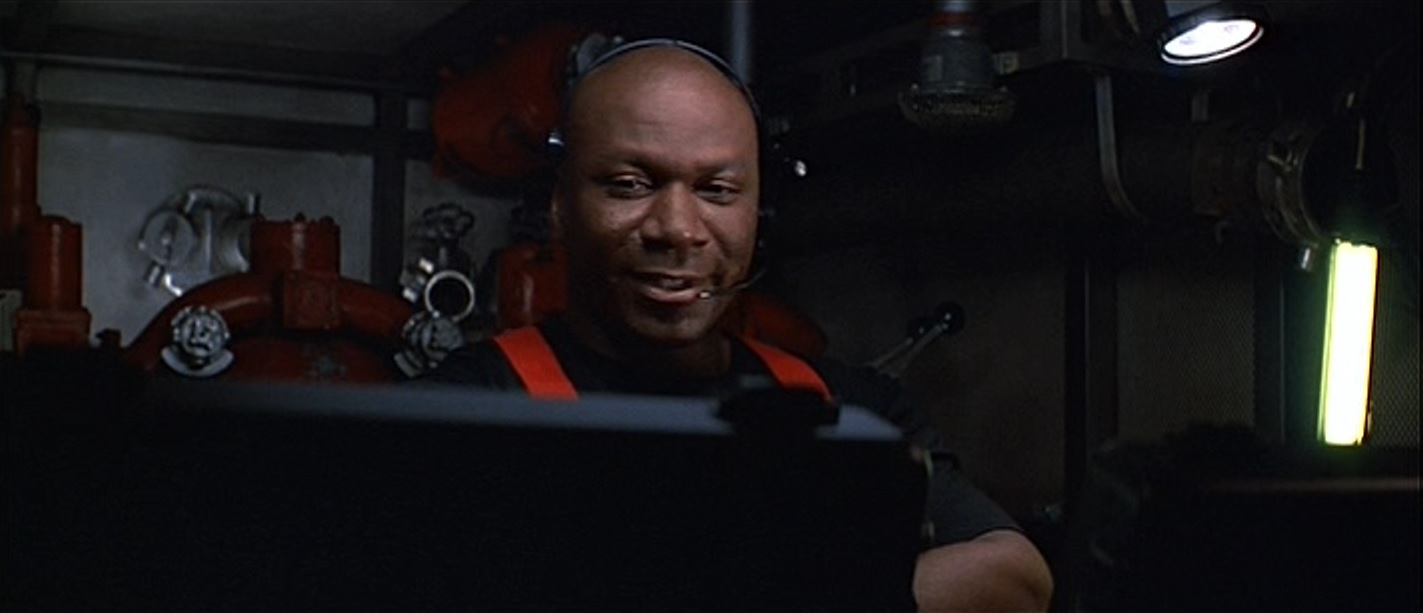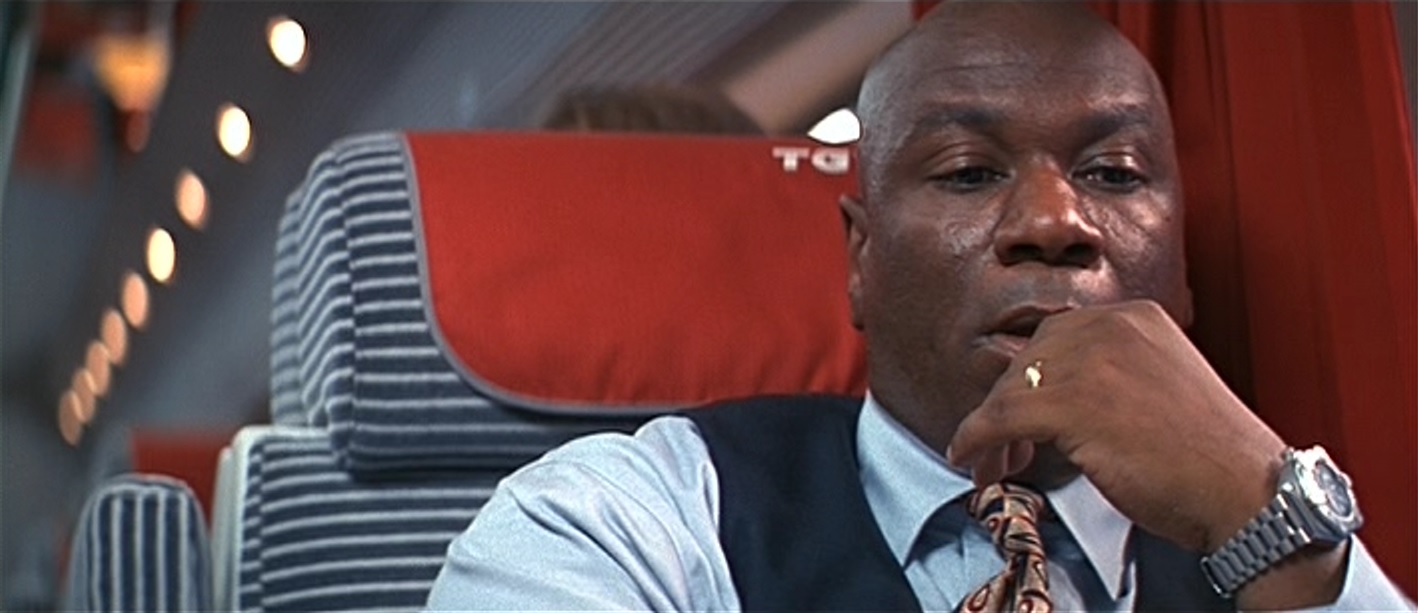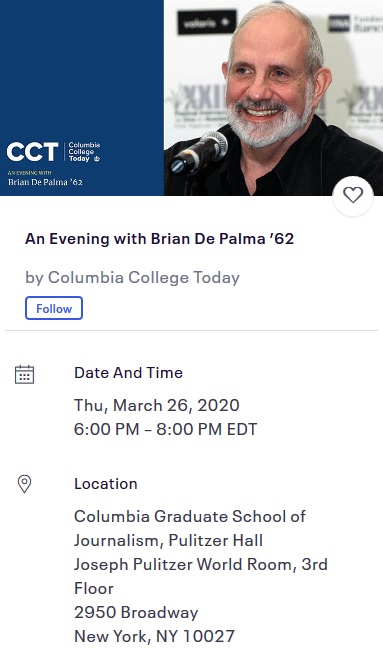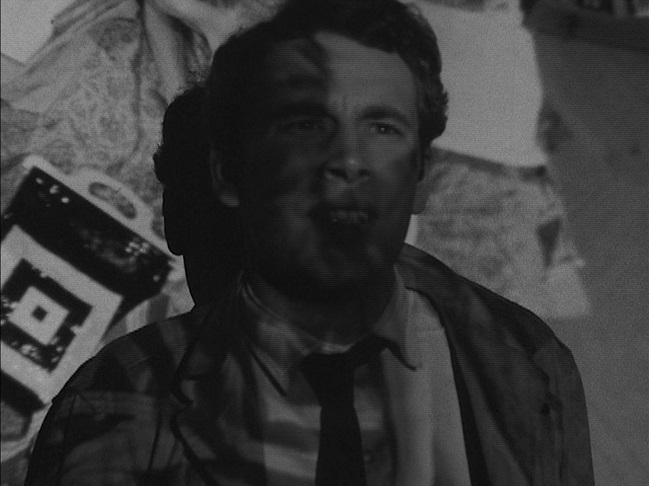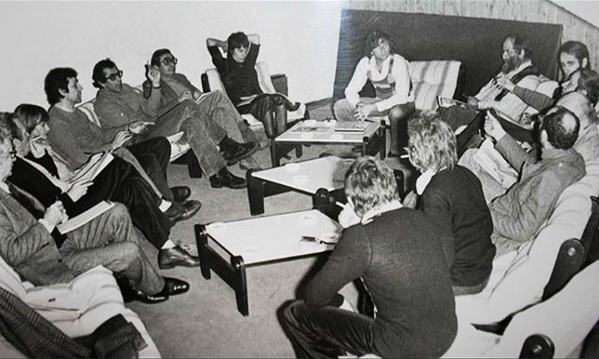WAS ORIGINALLY GOING TO APPEAR IN PERSON TO SIGN BOOKS & PRESENT 2 FILMS THAT NIGHT - QUINE'S 'PUSHOVER' AND DE PALMA'S OWN 'FEMME FATALE'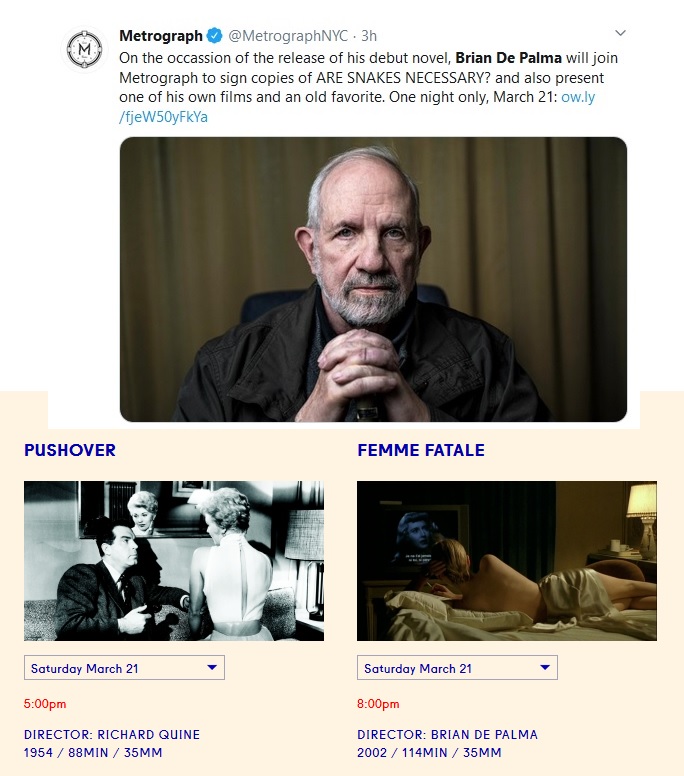
UPDATE 3/14/2020 - The Metrograph appears to be in the process of canceling all screenings at the theater after March 18, which includes the sceenings mentioned in this post.
UPDATE 3/11/2020 - The Metrograph page for this event now reads, "De Palma will no longer appear in person."
Original Post from 3/8/2020 - Brian De Palma will spend a Saturday night at The Metrograph in New York City March 21st. He'll be signing copies of Are Snakes Necessary? And he will also present two films: Richard Quine's Pushover (1954), and De Palma's own Femme Fatale (2002), the latter a Metrograph favorite. The choice of Pushover is interesting, as it featured the film debut of Kim Novak, who, of course, would go on to star with James Stewart in Alfred Hitchcock's Vertigo, the 1958 film that sparked De Palma's interest in cinema. Stewart and Novak teamed up again in 1958 for another Richard Quine film, Bell, Book and Candle, which was a big hit at the box office. Meanwhile, Novak's co-star in Quine's Pushover, Fred MacMurray, had already starred with Barbara Stanwyck in another De Palma favorite, Billy Wilder's Double Indemnity (1944), which is playing on a hotel television in the opening shot of De Palma's Femme Fatale. When you consider that Are Snakes Necessary? includes a film crew in France who are making their own version of Vertigo, there is sure to be some fascinating intertextual discussion March 21st at the Metrograph.
Here's the Metrograph description of the event:
BRIAN DE PALMA IN PERSON
March 21Brian De Palma has been an independent cinephile filmmaker emerging from the politically and aesthetically radical 1960’s counterculture of New York City. He has been a director of scrappy, ingenious low-budget genre fare, and he has been an unmistakably personal studio auteur putting the entire mechanism of industrial filmmaking towards creating big, bold, and sui generis thrillers. He survived being perhaps the most excoriated of New Hollywood’s Young Turks, and has become among the most venerated of its Old Masters.
And now he is adding another accomplishment to his astonishing CV—the author of literary fiction. At Metrograph for the release of his debut novel, the political satire Are Snakes Necessary?, co-written with Susan Lehman and published by Hard Case Crime, De Palma will also present one of his own films and an old favorite, as a reassurance he hasn’t left the cinema behind entirely.
ARE SNAKES NECESSARY? - TWO MORE EARLY REVIEWS
The modern pulp noir follows intersecting characters in a smarmy world of cheating, lying, and murder, from Las Vegas to Washington to Paris.A senator and his majordomo encounter a woman from the senator’s past at an airport, and the senator is eager to welcome her daughter as an intern to document his campaign. Meanwhile, a struggling photographer gets mixed up with the trophy wife of a wealthy businessman in Las Vegas. Two married couples–a cheating wife and a cheating husband–the wife a victim of spousal abuse seeking to get out, and a politician with a sick wife staking out his next conquest. And somehow they all come together during a remake of Alfred Hitchcock’s Vertigo, based more toward the underlying novel, which was set in France (I reviewed the novel a few weeks ago here at borg).
In a way Are Snakes Necessary? is De Palma taking a stab at doing his own play on Alfred Hitchcock and Roman Polanski. Fans of The Girl on the Train, Chinatown, State of Play, and the sleazier shelf of 1970s era pulp crime novels will go for this one, along with fans of De Palma’s films. More about 20th century sexual politics than 21st century sexual politics and less about a political campaign, the snakes in the title are the men who continue to get away with manipulation, lies, and sometimes murder.
The setting and players will be familiar to readers of Elmore Leonard–it’s the kind of pulp crime story where men are maulers and women only survive if they’re willing to kill–the kind of story De Palma or Tarentino would put on the big screen, along with the corresponding sex, language, and violence. Almost as an aside, the authors slip in a character something like Melanie in Leonard’s The Switch and Rum Punch, a woman fed-up with her lot who knows herself and finds her way into an off-the-wall revenge plot. The book also has that taste of so many airplane-based movies in the 1970s with those relationships tied to travel, like passengers flirting, something that hasn’t been a go-to plot element for a while.
Are Snakes Necessary? is full of highs and lows–highs in its surprises, lows in its overall familiar tropes of the genre. Tightly written, the story may also seem a bit thin and straightforward, although the authors pack a handful of twists into their tale, including a vivid climactic sequence at the Eiffel Tower clearly written for the screen, which may justify a read all by itself. The authors reveal the scene via a photographer that plays out like a zoetrope–a really nice effect. In fact the entire novel feels like it could have been a screenplay adapted into novel form.
Mark Rose, Bookgasm
De Palma and Lehman provide a nice brisk pace through what is a relatively short novel. And unfortunately, the short length may be the flaw that bothered me the most. The ending seems rushed, unsatisfactory in details, and is way too pat (there are twists I don’t wish to give away). However, there is a lot going on with all of the characters, and they seem fairly well-rounded.Descriptions are at a minimum but still adequate. Dialogue is realistic. The two stories are strong but could have benefited from further fleshing out. Is it readable? Absolutely. Is it a classic? No. A good read for an airplane ride or your first day on the beach.
Updated: Saturday, March 14, 2020 9:43 AM CDT
Post Comment | View Comments (3) | Permalink | Share This Post





